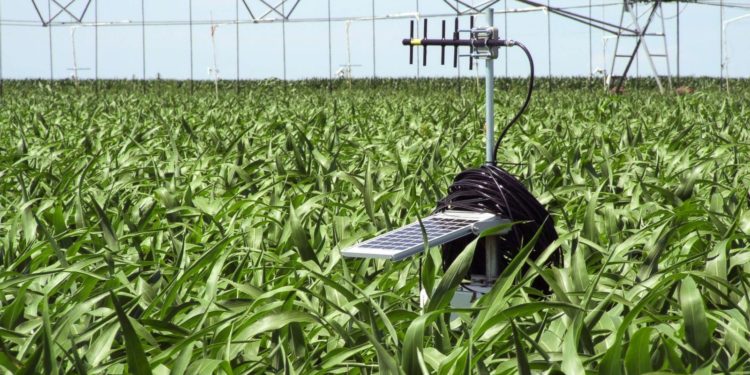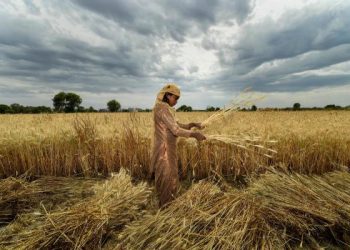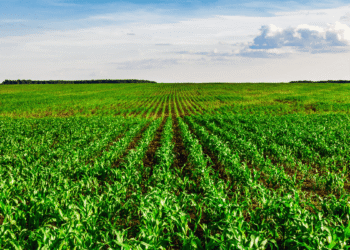When it comes to greenhouse gas emissions from agriculture, the opposite is more evident than ever. How and how well farmers mitigate and adapt to climate change will be mainly determined by the invention and effective dissemination of new agricultural techniques and technologies.
Poor the appropriate agricultural technologies and harnessing them so that developing nations can adjust their agricultural systems to shifting climates will necessitate legislative and institutional improvements as well. Institutions and policies are essential at different scales in this environment.
The ramifications of climate change for agriculture are significant and obvious. Agriculture, too, has a significant impact on the global climate. Land clearing and tilling, livestock farming, and the use of fossil fuels for agricultural equipment and inputs, such as fertilizers, are all significant contributors to GHG emissions.
Agricultural technology has the potential to play a key role in addressing these fundamental issues. While most technologies have an impact on the environment, several are especially relevant to agriculture and climate change, particularly in developing nations.

The rapid rate at which the climate is changing needs a rapid and fundamental transformation in agricultural coping measures. The use of technology has given agriculture a level of certainty that was previously unheard of. Farmers can choose the proper crops for any environment since soil, water, and weather factors are constantly monitored.
Farmers can efficiently determine appropriate climate-resilient seeds that need to be planted during any cultivation cycle and monitor their performance with the use of technology. A fundamental input in agriculture is the proper amount of rainfall at the right time. Unpredictable monsoons, on the other hand, are the first and most visible indicator of climate change.
Farmers are finding it difficult to predict rainfall quantity and timing in the current situation. Farmers, on the other hand, can use technology to gain access to weather-related information that helps them plan their crops.
Traditional breeding strategies that use existing varieties well-suited to the vagaries of local agricultural settings, as well as more modern biotechnology techniques like genetic manipulation, can provide these promising innovations.
Ironically, agriculture, our primary source of food and, by extension, life, is one of the worst offenders, accounting for up to a quarter of global GHG emissions each year. Biotech crops, such as those genetically modified to confer insect resistance and herbicide tolerance, also contribute to emissions reduction. Developing countries, such as Uganda, have made significant advances in biotech research to address a wide range of environmental issues.

CropIn was recently chosen as a technology partner by the Government of India, in collaboration with the World Bank, for one of their sustainability initiatives.
The plan was to employ technology to help farmers in flood- and drought-prone areas of two Indian states, Madhya Pradesh and Bihar, adopt climate-resilient agricultural methods.
Nearly 12,000 farm plots were digitized as part of the initiative, which lasted 18 months and impacted the lives of over 4,000 farmers in 200 villages. Answering the “9 billion people question” in a sustainable way will necessitate significant adjustments in our farming practices.
An important step is to adopt breakthrough agricultural technology that has the potential to boost productivity while reducing climate change. Otherwise, we will literally run out of food while also obliterating our world!
Also Read: ‘Agristack!’ A Way Forward?










